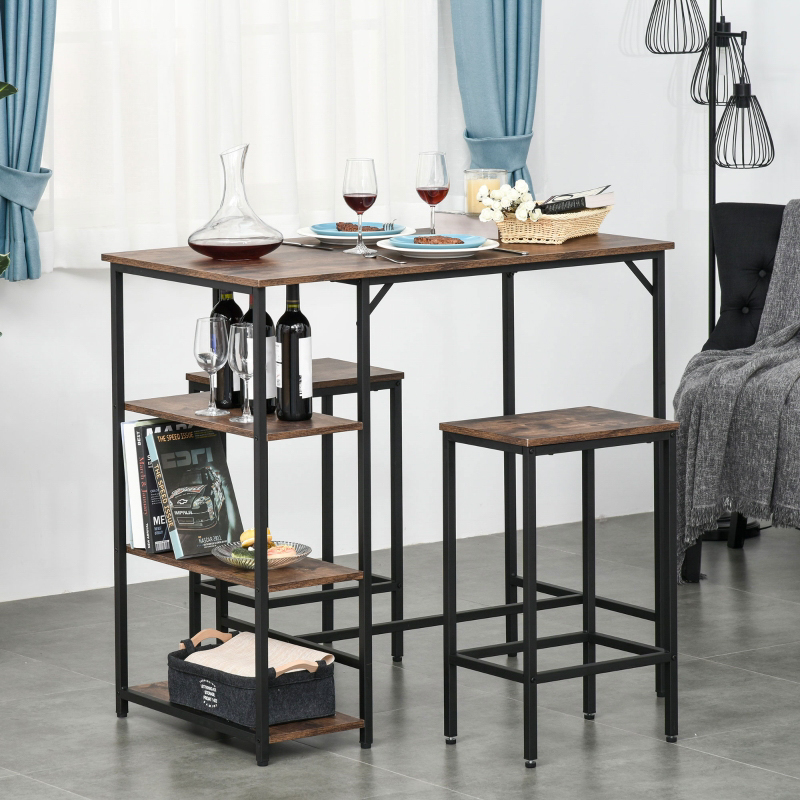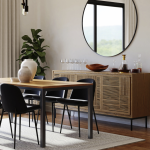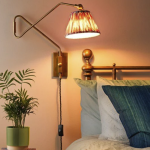
Introduction
Lighting is an essential aspect of interior design. It has the power to transform a space, creating a particular mood and ambience. Counterbalance lighting is a unique lighting technique that can be used to create visual interest, balance, and harmony in a room. In this article, we will explore the concept of counterbalance lighting, its benefits, and how to implement it in your space.
What is counterbalance lighting?
Counterbalance lighting is a technique that involves balancing two opposite light sources to create harmony and balance in a room. It is achieved by using two different light fixtures or sources, such as a table lamp and a floor lamp, to create a visual balance.
Benefits of counterbalance lighting
Using counterbalance lighting has several benefits:
- Creates visual interest: By using two different light sources, counterbalance lighting creates a visually interesting and dynamic space.
- Enhances the mood: The use of different light sources can create a unique atmosphere that is personalized to your taste.
- Increases functionality: Counterbalance lighting can enhance the functionality of a room by illuminating multiple areas at once.
- Creates balance: The use of counterbalance lighting can help balance out a room that has an uneven distribution of natural light sources.
Ways to implement counterbalance lighting in your space
Here are some ways to implement counterbalance lighting in your space:
1. Use different types of light sources
Use two different types of lighting fixtures to create a contrast in your space. For example, you can use a table lamp and a floor lamp, or a pendant light and a floor lamp.
2. Place the light sources on opposite sides of the room
Creating balance in your space by placing one light source on one side of the room and the other on the opposite side. This technique will distribute light throughout the room evenly.
3. Use different color temperatures
Use two different color temperatures in your light sources to create contrast.
4. Focus on the function of the room
When implementing counterbalance lighting in a room, focus on the function of the room. For example, in a reading room, you can use a table lamp to illuminate your book and a floor lamp to light up the entire space.






